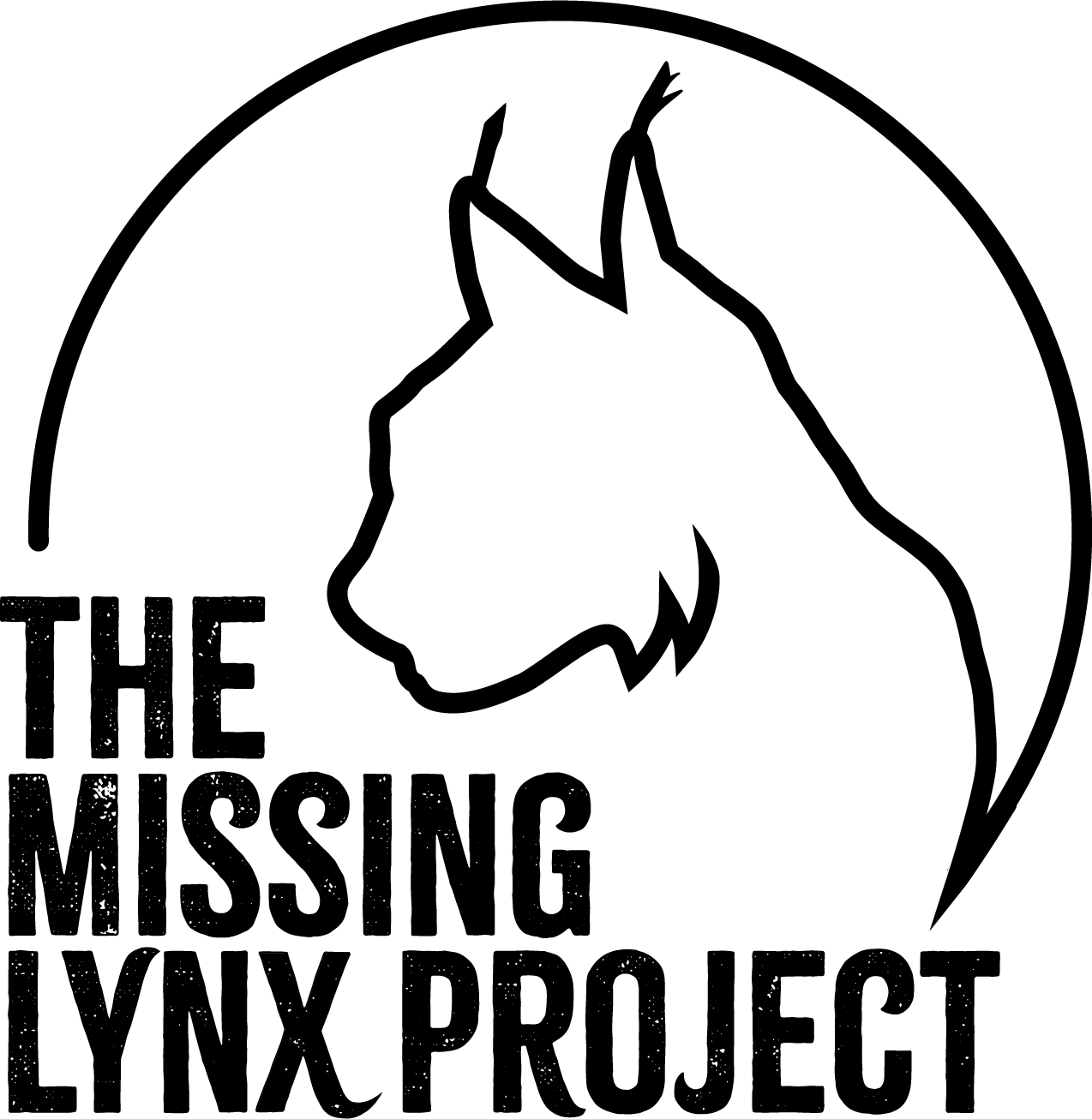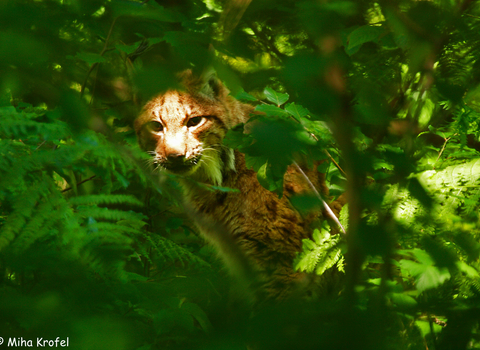The Lifescape Project started to investigate the possibility of reintroducing lynx in April 2021. Using their previous experience and lessons learned from reintroductions across Europe, they began a study to examine whether it would be possible.
This was not an application for a licence to release lynx, it was a feasibility study. They were investigating all of the different aspects of how a possible reintroduction might work, including legal issues and whether England or Wales had the right habitat for lynx.
All work undertaken by the Lifescape Project considers five pillars: science, technology, culture, economics and law.
Could lynx survive in England and Wales?
One of the first steps was to test whether lynx could survive anywhere in England and Wales. To do this, The Lifescape Project used a similar approach to that used in Germany, where lynx have already been successfully brought back. They worked with European experts to test ‘ecological feasibility’ - in other words, they tested whether there would be more than a 95% chance of lynx surviving and growing to healthy populations in Britain.
They used advanced computer modelling techniques and the most recent and detailed data on lynx ecology and Britain's landscapes. Essentially, they created a simplified virtual Britain for simulated lynx to live and move about in. Knowledge from over 50 years of monitoring European lynx populations helped make the lynx behaviour as realistic as possible. This model allowed them to test different lynx reintroduction scenarios, studying the projected outcome with different locations, timings and other important factors.
Their research found that if lynx were to be released in Northumberland, they could grow into a healthy population covering north-west Northumberland, the edge of Cumbria and the bordering areas of southern Scotland. Only in this area do we have the extensive forest habitats that lynx need. A reintroduction would not be possible in other areas of England and Wales. This research was peer-reviewed and published in the Journal of Environmental Management.
This is so far the most comprehensive feasibility study based on the most advanced modelling techniques and can be considered the ultimate ecological/technical assessment of the potential to reintroduce the Eurasian lynx into Great Britain. It can be considered the state of the art and should – to my opinion – be released as such, not to replace, but rather to support the “human dimension” discussion.
Co-chair, IUCN/SSC Cat Specialist Group (13th June 2023)
How do people feel about lynx?
We now know that this area of northern England and southern Scotland could support a healthy population of lynx, but a reintroduction could only take place if local people are accepting of the animal back in the landscape. The Missing Lynx Project spent more than a year sharing these results with communities and interest groups local to this area and listening to what people think about the idea of bringing lynx back.
Listening to communities and local interest groups is just as important as testing whether lynx could survive here. We used peer-reviewed literature and a workshop for species reintroduction experts to help plan the best approach for having these conversations. We developed a community-based approach with aspects of independent facilitation, enabling local community members and interest groups to shape the project. Some members of the local farming community were even given the opportunity to visit and learn directly from projects in Europe.
Our conversations with the local community included:
- the Missing Lynx exhibition, which welcomed almost 10,000 visitors around the project area
- questionnaires for local interest groups and individuals
- meetings for organisations and interest groups
- interviews with local community members
- group workshops for local community members
- focus groups for specific interest groups from the local community. There were focus groups for farming, forestry and businesses, as well as a Lynx Community Group
More than 1,000 people in the project area responded to our questionnaire for individuals. Of these, 72% support a lynx reintroduction.
Learn more about views from the project area
Now, we’re continuing our discussions with the people and communities in the project area. Whilst support for a lynx reintroduction is high, it’s important that we address any concerns expressed to ensure that any future reintroduction is successful for lynx, nature and people. We’re also now sharing a new questionnaire more widely across the UK, to gather more views on lynx.
Practical considerations
Alongside talking to local communities about their views of lynx, we are also continuing to investigate the other key questions about any potential lynx reintroduction in the future. We’re studying how lynx could interact with other wildlife and habitats in the area, and looking into the practical process of a lynx reintroduction.
This includes exploring options for a source population and translocation of the animals, including animal husbandry, transportation and release pens. Legal aspects are being considered, with the obligations and obstacles being studied, including legal challenges, import challenges, and practicalities around trapping, holding and movement of animals.
All of this current work is supported by experts in Europe, and The Missing Lynx Project team is constantly learning from experiences of successful reintroduction projects in Europe.

